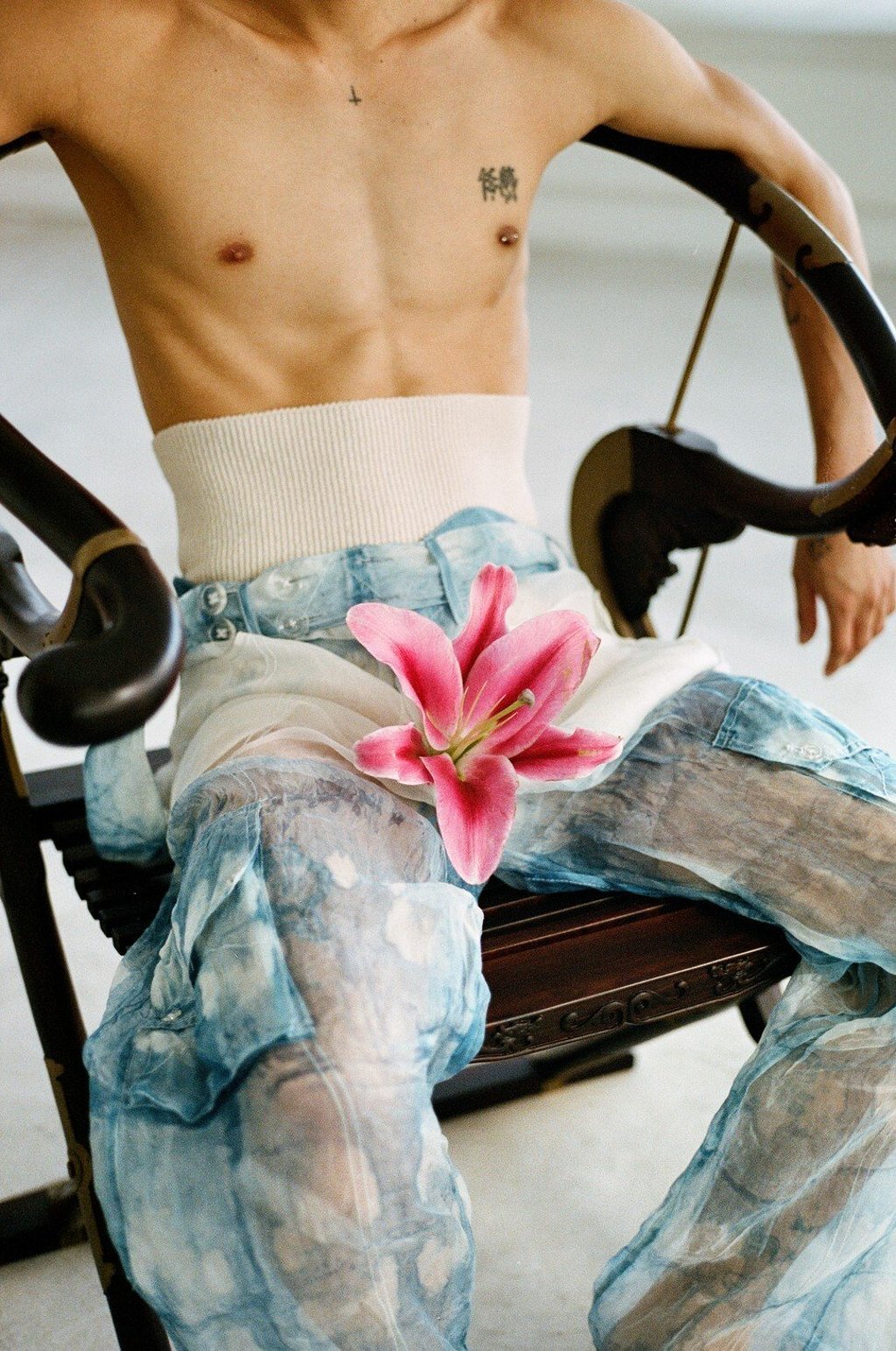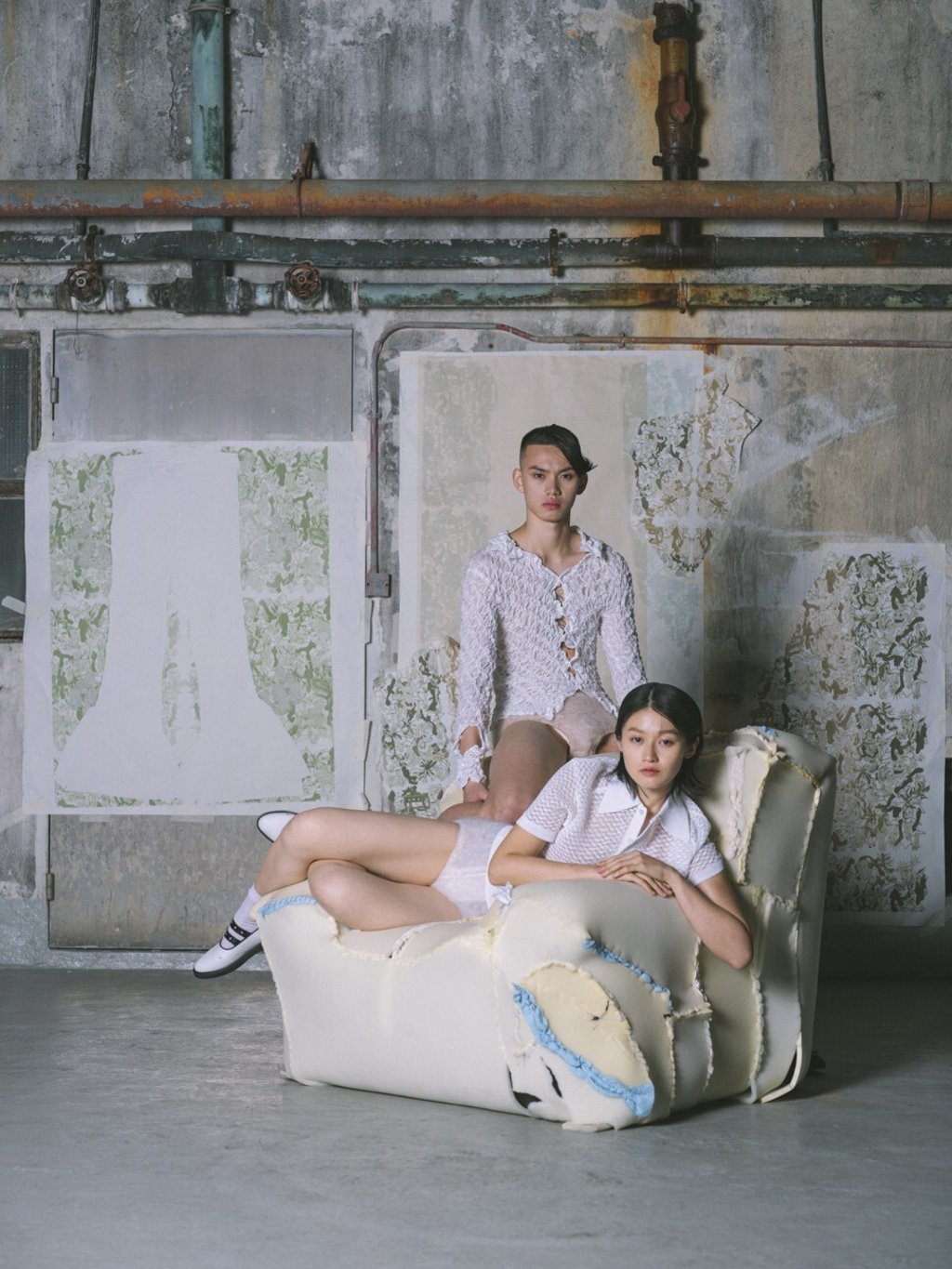LGBT-friendly Asian fashion designers: Gender binary collections from Hong Kong’s Ponder.er, Korea’s Blindness and Heta, and Malaysia’s Motoguo

Brands like Ka Wa Key, Ponder.er, Blindness and Motoguo reject reducing gender fluidity to a trend, pushing genderless fashion towards the mainstream
Derek Cheng and Alex Po, of Hong Kong-based, gender-fluid fashion brand Ponder.er, recall how things started for them: “We have always been labelled as being ‘feminine’ since we were kids,” says Cheng. “I particularly remember being in primary school when my vice-principal told my mum that I was doing very well at school, but suggested that I should learn to ‘man up’. That really stuck in my head, and I started questioning why boys can only act a certain way.”
That memory, along with the subsequent microaggressions facing anyone who questions and challenges preconceived notions of gender and sexuality – especially those in the LGBTQ+ community – is what motivated Po and Cheng to use Ponder.er as a means to “liquefy modern masculinity” and to expand upon its definition.

If gender is fluid, then it would stand to reason that its consistency and texture is liquid. With that concept, Ponder.er transforms simple classic men’s shirts using smocking techniques – most commonly used only in womenswear – to gather the fabric into an intricate diamond-shaped pattern, turning something rigid into something vulnerable and sensual. This piece set the tone for the brand’s debut collection and has become the most popular item since.
From there came delicate silk organza jackets, cable-knit trench coats adorned with jacquard panels, high-waisted knitted briefs, and semi-transparent trousers printed with classic Hong Kong iconography. The knit and sheer elements gives off a sense of comfort and weightlessness, freeing the body from obstruction. “It’s our way of playing with classic symbols of masculinity and turning them into fragile-looking pieces,” says Po. “It’s our way of saying we should all embrace our inner softness and what we love.”
Gender fluidity, queerness and ideas of sexuality have always been a part of fashion as far back as Ancient China and Egypt. Still, it’s only in recent years that conversations surrounding these concepts – in conjunction with progress of the LGBTQ+ community in pop culture and politics – have come into focus for the general public. The Met Gala’s 2019 theme “Camp” reflected how far out of the closet fashion has come, and how the mainstream public is starting to acknowledge how much queer culture is responsible for the evolution of fashion.

But at the same time, brands which were never LGBTQ+ conscious until it was “trendy” have been trying to capitalise on the pink dollar. Every pride month sees aggressive pandering in the form of “slap-on” rainbow products tainting events with feelings of commercial disingenuousness. Where are these brands the other 11 months of the year?
This year, a lot of significant brands cut their pride collections because of the economic downturn caused by Covid-19. But for the LGBTQ+ community, inclusivity isn’t a matter of convenience. For many designers, being queer is a lived experience, and their brands are about promoting LGBTQ+ visibility with each and every collection. For them, fashion is an extension of their queerness, not some passing trend. And while we’ve seen authentic queer brands, most have been from a white, Eurocentric perspective. Stories and ideas from queer people of colour are still profoundly lacking in fashion.
Also, restrictive gender norms and conservative views on sexuality in Asia have hindered queer Asian narratives. For example, a story published last year by Chinese state-run news agency Xinhua warned: “Whether a country embraces or rejects (effeminate men) is … a grave matter that affects the nation’s future.” It continues by saying, “Sissy young men turn a nation sissy.”